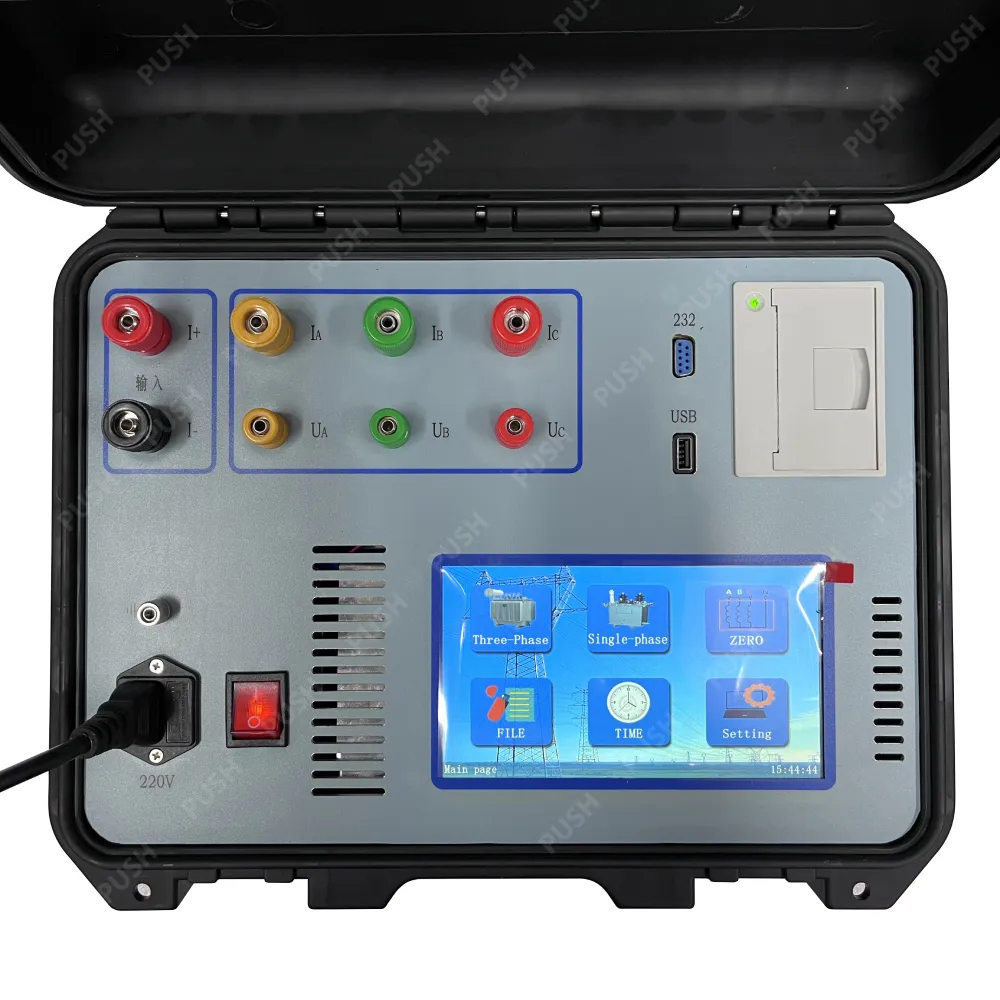 English
English



-
 Afrikaans
Afrikaans -
 Albanian
Albanian -
 Amharic
Amharic -
 Arabic
Arabic -
 Armenian
Armenian -
 Azerbaijani
Azerbaijani -
 Basque
Basque -
 Belarusian
Belarusian -
 Bengali
Bengali -
 Bosnian
Bosnian -
 Bulgarian
Bulgarian -
 Catalan
Catalan -
 Cebuano
Cebuano -
 China
China -
 China (Taiwan)
China (Taiwan) -
 Corsican
Corsican -
 Croatian
Croatian -
 Czech
Czech -
 Danish
Danish -
 Dutch
Dutch -
 English
English -
 Esperanto
Esperanto -
 Estonian
Estonian -
 Finnish
Finnish -
 French
French -
 Frisian
Frisian -
 Galician
Galician -
 Georgian
Georgian -
 German
German -
 Greek
Greek -
 Gujarati
Gujarati -
 Haitian Creole
Haitian Creole -
 hausa
hausa -
 hawaiian
hawaiian -
 Hebrew
Hebrew -
 Hindi
Hindi -
 Miao
Miao -
 Hungarian
Hungarian -
 Icelandic
Icelandic -
 igbo
igbo -
 Indonesian
Indonesian -
 irish
irish -
 Italian
Italian -
 Japanese
Japanese -
 Javanese
Javanese -
 Kannada
Kannada -
 kazakh
kazakh -
 Khmer
Khmer -
 Rwandese
Rwandese -
 Korean
Korean -
 Kurdish
Kurdish -
 Kyrgyz
Kyrgyz -
 Lao
Lao -
 Latin
Latin -
 Latvian
Latvian -
 Lithuanian
Lithuanian -
 Luxembourgish
Luxembourgish -
 Macedonian
Macedonian -
 Malgashi
Malgashi -
 Malay
Malay -
 Malayalam
Malayalam -
 Maltese
Maltese -
 Maori
Maori -
 Marathi
Marathi -
 Mongolian
Mongolian -
 Myanmar
Myanmar -
 Nepali
Nepali -
 Norwegian
Norwegian -
 Norwegian
Norwegian -
 Occitan
Occitan -
 Pashto
Pashto -
 Persian
Persian -
 Polish
Polish -
 Portuguese
Portuguese -
 Punjabi
Punjabi -
 Romanian
Romanian -
 Russian
Russian -
 Samoan
Samoan -
 Scottish Gaelic
Scottish Gaelic -
 Serbian
Serbian -
 Sesotho
Sesotho -
 Shona
Shona -
 Sindhi
Sindhi -
 Sinhala
Sinhala -
 Slovak
Slovak -
 Slovenian
Slovenian -
 Somali
Somali -
 Spanish
Spanish -
 Sundanese
Sundanese -
 Swahili
Swahili -
 Swedish
Swedish -
 Tagalog
Tagalog -
 Tajik
Tajik -
 Tamil
Tamil -
 Tatar
Tatar -
 Telugu
Telugu -
 Thai
Thai -
 Turkish
Turkish -
 Turkmen
Turkmen -
 Ukrainian
Ukrainian -
 Urdu
Urdu -
 Uighur
Uighur -
 Uzbek
Uzbek -
 Vietnamese
Vietnamese -
 Welsh
Welsh -
 Bantu
Bantu -
 Yiddish
Yiddish -
 Yoruba
Yoruba -
 Zulu
Zulu
test sfra
Understanding Test SFRA A Vital Component of Electrical Equipment Maintenance
In the world of electrical engineering, ensuring the reliability and efficiency of equipment is paramount. One of the critical tests performed to guarantee the integrity of electrical insulation systems is the Sweep Frequency Response Analysis (SFRA). This advanced diagnostic technique is essential for assessing the condition of transformers, reactors, and other similar electrical apparatus.
Sweep Frequency Response Analysis involves subjecting the equipment to an array of frequencies and measuring the response. By sweeping through a range of frequencies, the test can identify any anomalies in the insulation and bonding of components. The results are typically represented in a frequency response curve, which can be analyzed to detect abnormalities that may indicate issues like partial discharge, insulation degradation, or mechanical damage.
Understanding Test SFRA A Vital Component of Electrical Equipment Maintenance
The application of SFRA is prevalent in various industries, including power generation, utilities, and manufacturing. Its ability to flag potential failures before they escalate into more significant issues makes it a crucial tool in asset management and reliability engineering. For instance, detecting insulation problems early can prevent catastrophic failures that could result in hazardous situations, financial losses, or extended outages.
test sfra

When conducting an SFRA test, several steps are involved. Initially, the equipment must be prepared, ensuring that all necessary connections can be made safely. The test setup includes attaching the SFRA test equipment to the transformer or component and ensuring a proper grounding system is in place to minimize noise and interference. The testing process itself usually involves injecting a signal through a broad frequency range, while the response is recorded.
After the data collection, the results are analyzed. Engineers interpret the frequency response curves to identify any deviations from the expected baseline signatures. These deviations can indicate various issues, such as insulation deterioration or mechanical deformations within the electrical apparatus.
Moreover, it is essential to develop a robust baseline profile for comparison. Newly commissioned transformers or those that have undergone recent maintenance can provide a reliable reference point. By comparing future results against this baseline, engineers can detect subtle changes that may suggest emerging problems.
In conclusion, Test SFRA stands out as a critical diagnostic tool in the maintenance of electrical equipment. Its non-invasive nature, along with its ability to provide detailed insights into the condition of insulation systems, positions it as an indispensable component in modern asset management strategies. By employing SFRA, organizations can enhance the reliability of their electrical infrastructure, reduce the risk of unexpected failures, and ultimately ensure uninterrupted service delivery. As industries continue to evolve, the importance of such advanced diagnostic techniques will only increase, further embedding SFRA in the fabric of efficient electrical maintenance practices.
-
Ensuring SF₆ Gas Safety: Introducing PUSH’s Integrated SF₆ Analyzer for Dew Point, Purity, and Decomposition MonitoringNewsJul.10,2025
-
Exploring the Main Types of Industrial Endoscopes and Their Applications Across IndustriesNewsJul.04,2025
-
Testing Equipment Industry Sees Major Advancements in 2025: Smart & Precision Technologies Lead the WayNewsJun.06,2025
-
Applications of Direct Current Generators in Renewable Energy SystemsNewsJun.05,2025
-
Hipot Tester Calibration and Accuracy GuidelinesNewsJun.05,2025
-
Digital Circuit Breaker Analyzer Features and BenefitsNewsJun.05,2025



